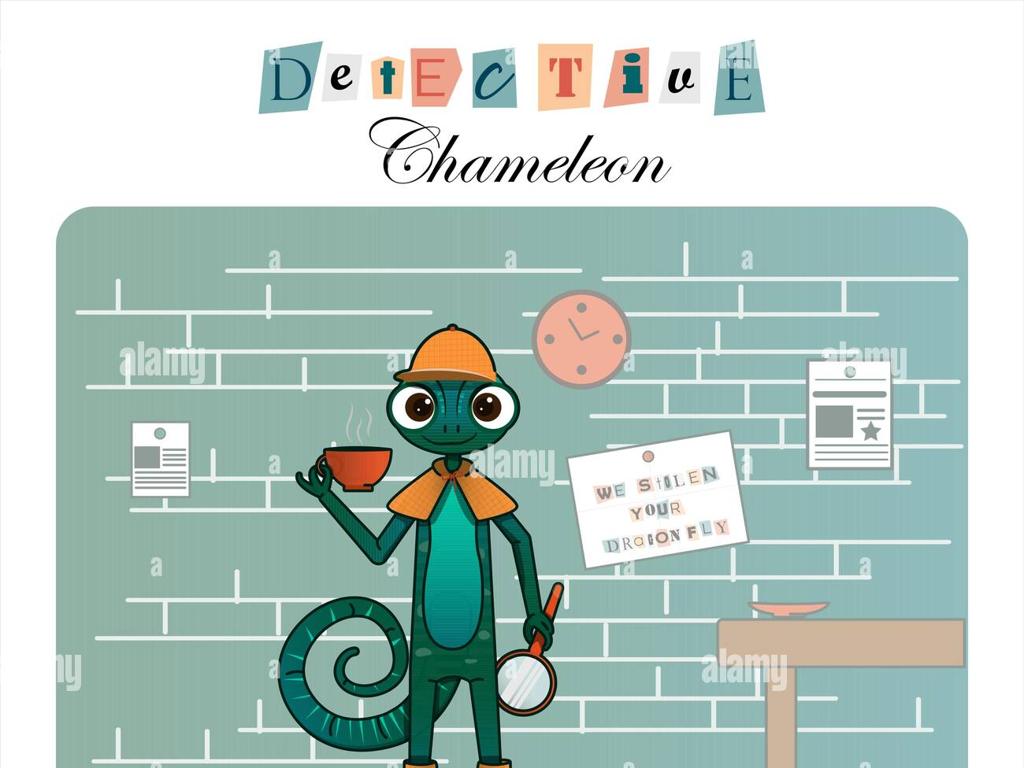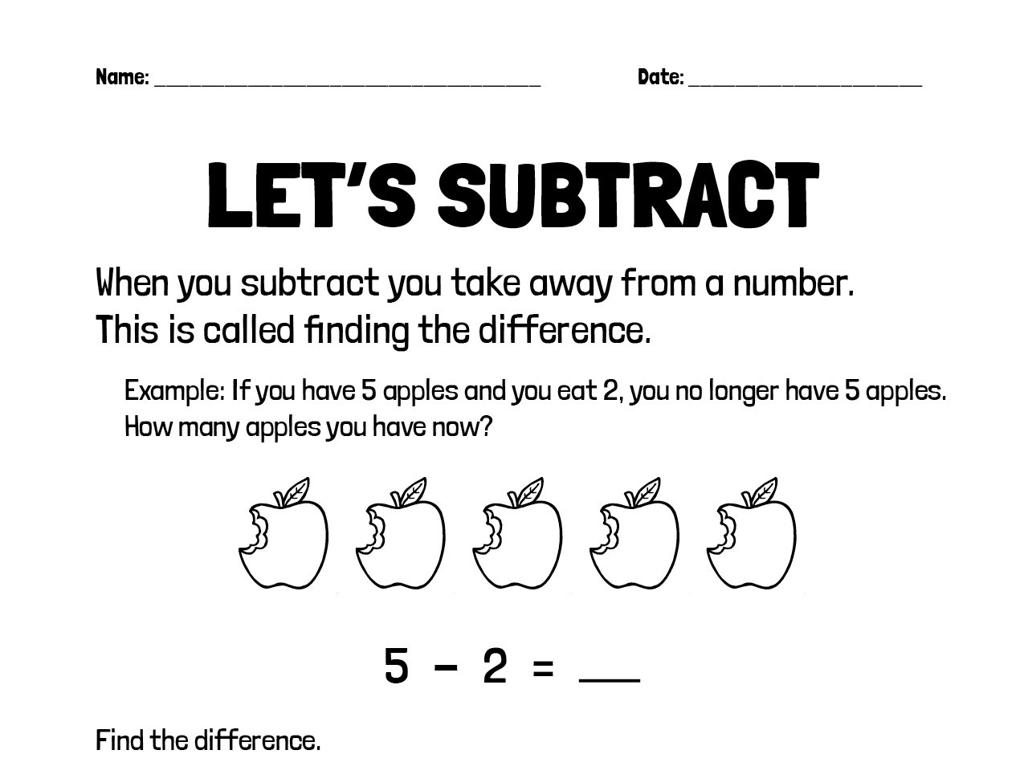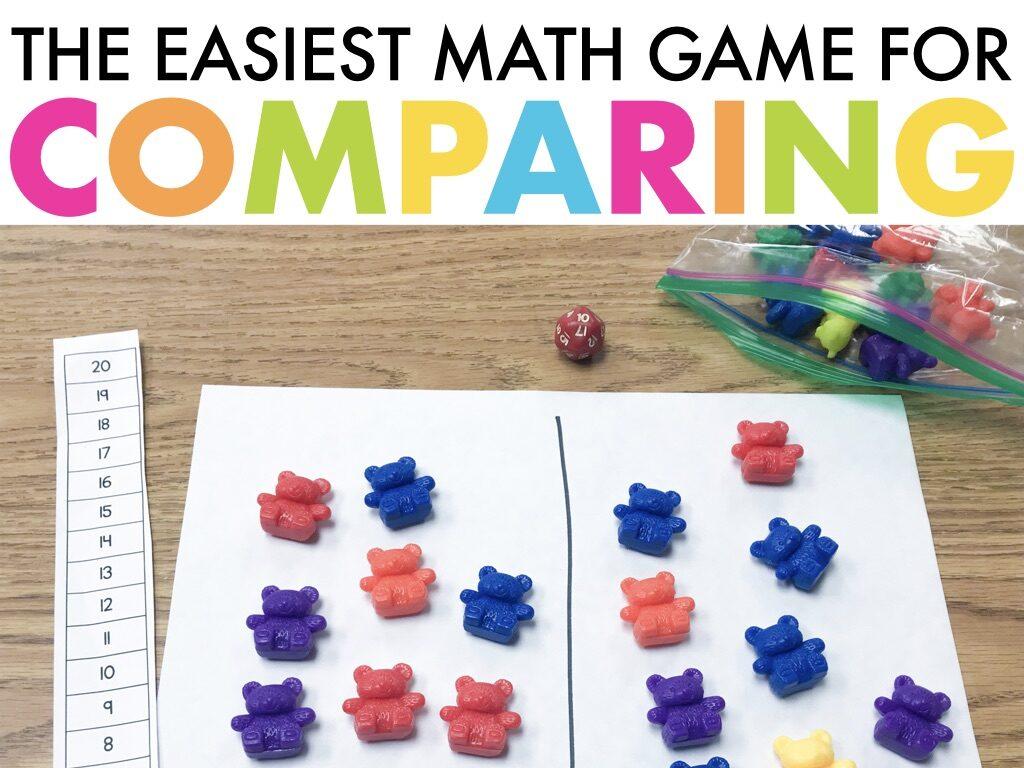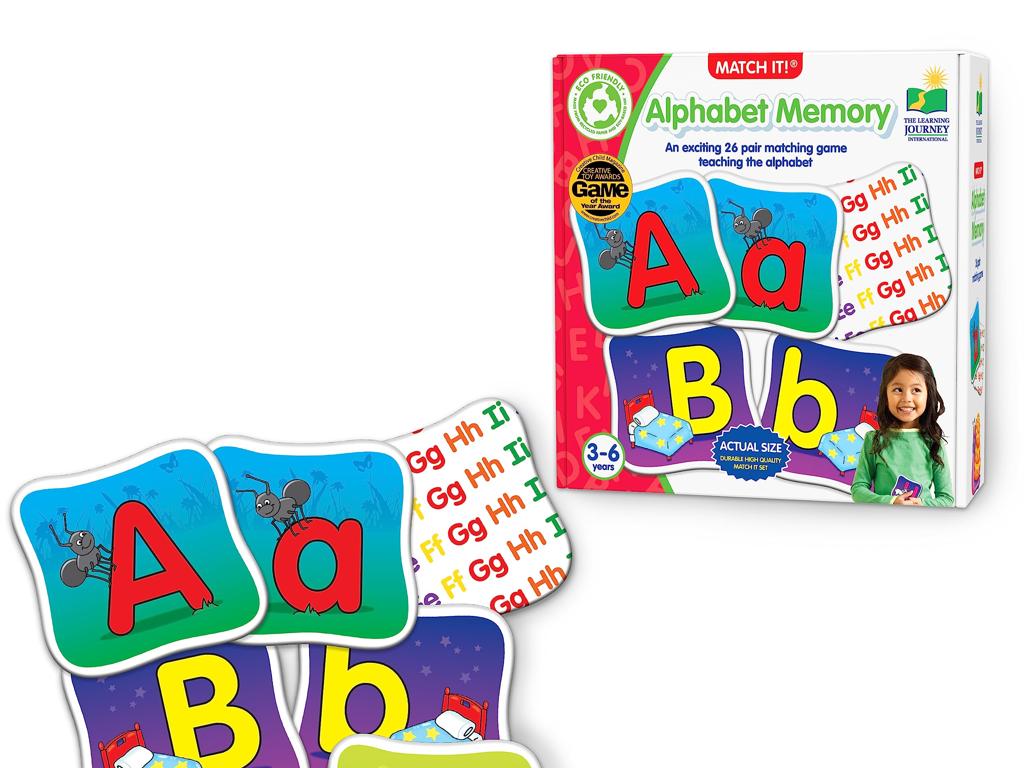Which Picture Shows More? - Up To $5
Subject: Math
Grade: Second grade
Topic: Money Up To $5
Please LOG IN to download the presentation. Access is available to registered users only.
View More Content
Introduction to Money: Understanding Value
– Greetings, bright minds!
– Today’s focus: Money up to $5
– Why learning about money is important
– Money is used every day for buying things like toys and snacks.
– Recognizing different values
– We’ll learn to identify coins and bills up to $5.
|
Begin the class with an enthusiastic greeting to capture the students’ attention. Introduce the concept of money, emphasizing its importance in everyday life, such as purchasing small items they are familiar with. Explain that understanding money and its value is a skill they will use all the time. Use real or play money to show different coins and bills, helping them to recognize and differentiate between the values of pennies, nickels, dimes, quarters, and dollar bills up to $5. Encourage students to think about times they have used money and share their experiences. This will set the foundation for more complex money-related math problems.
Identifying Money: Coins and Bills
– Learn different types of money
– Explore coins: penny, nickel, dime, quarter
– A penny is 1 cent, nickel is 5 cents, dime is 10 cents, quarter is 25 cents
– Discover bills: $1 and $5 notes
– Bills are paper money, $1 note is one dollar, $5 note is five dollars
– Understand each has a unique value
– Knowing the value helps us determine which picture shows more money
|
This slide introduces students to the basic units of American currency, focusing on coins and bills up to $5. It’s important to help students recognize each type of coin and bill and understand its value. Use real or play money to show each coin and bill during the presentation. Explain that the value of money is not based on its size but on what is printed or minted on it. For example, a dime is smaller than a nickel but worth more. After the presentation, engage students with activities where they can practice identifying and adding different coins and bills to make up to $5. This will prepare them for understanding which picture shows more money.
Understanding Money Values: Coins and Bills
– A penny equals 1 cent
– A nickel equals 5 cents
– A dime equals 10 cents
– A quarter equals 25 cents
– Remember, 4 quarters make $1!
|
This slide is aimed at helping second-grade students understand the value of different coins and bills up to $5. Start by showing real coins and bills if possible, and explain that each type of money has a different value. A penny is the smallest value coin, and a $5 bill is the largest value bill they need to know for this lesson. Emphasize that understanding the value of money is important for making purchases and determining which picture shows more. Encourage students to practice counting by ones, fives, tens, and twenty-fives using these coins and relate this to real-life situations, like buying a small toy or a book. This foundational knowledge will be crucial for the next activity where they will compare different amounts of money to determine which is more.
Comparing Money Values: Quarters vs. Dimes
– Money combinations can equal same value
– Compare: 4 quarters to 10 dimes
– 4 quarters (25 cents each) or 10 dimes (10 cents each)
– Both combinations equal $1
– Use counting skills to see both are 100 cents
– Understanding equal money values
– Recognize different coins can add up to the same amount
|
This slide is aimed at helping second-grade students understand that different combinations of coins can add up to the same value. Start by explaining that a quarter is worth 25 cents and a dime is worth 10 cents. Then, show them how to multiply to find the total value of multiple coins. Use real coins or visuals to demonstrate that 4 quarters make 100 cents, which is $1, and so do 10 dimes. Encourage the students to think of other combinations of coins that could add up to $1. This concept will help them with making change and understanding the value of money in different forms.
Which Picture Shows More Money?
– Observe pictures of money groups
– Guess the picture with more value
– Apply coin and bill value knowledge
– Remember, a nickel is worth 5 cents, a dime is 10 cents, and so on.
– Justify your choice with reasons
– Explain why one picture has more money, using what you know about each coin and bill.
|
This slide is designed to help second-grade students apply their knowledge of the value of coins and bills to determine which of two pictures shows a greater amount of money. Start by showing pictures with different combinations of coins and bills, each totaling up to $5. Encourage the students to guess which picture has the higher value and then use their understanding of money to justify their answers. For example, a picture with one $1 bill and four quarters should be compared to a picture with ten dimes. Guide the students to understand that even though the second picture has more coins, the total value is the same. This activity will reinforce their counting skills and understanding of money value, which are crucial for their mathematical development.
Practice Time: Comparing Money Values
– Observe two pictures with money
– Decide which picture has more value
– Consider each coin and bill’s value
– Remember, a nickel is worth 5 cents, a dime is 10 cents, and so on.
– Think before you answer
– Take your time to add up the total money in each picture.
|
This slide is for a classroom activity where students will practice comparing the value of money using visual aids. Display two pictures with different combinations of coins and bills, each totaling up to $5 or less. Encourage the students to carefully look at each coin and bill, and think about its value before deciding which picture shows more money. Remind them of the values of common coins and bills (e.g., penny = 1 cent, nickel = 5 cents, dime = 10 cents, quarter = 25 cents, one dollar bill = $1). This exercise will help reinforce their understanding of money value and addition. For the activity, consider having real or play coins and bills for hands-on practice, or use drawn or printed images. Allow students to work individually or in pairs to foster collaboration and discussion.
Class Activity: Money Match-Up
– Match coins/bills to values
– Work in pairs or small groups
– Determine which picture has more
– Use real or play money for a hands-on experience
– Discuss findings with the class
– Share your strategies on how you decided which had more
|
This interactive activity is designed to help students practice identifying and counting money up to $5. Provide students with images or physical play money representing different coins and bills. They will work together to match these to their correct values. Then, present them with pairs of pictures, each showing different amounts of money, and ask them to determine which one has a higher value. Encourage them to use counting strategies they’ve learned in class. After the activity, facilitate a discussion where students can share their findings and the methods they used to determine which picture showed more money. Possible variations of the activity could include timed challenges, using different sets of coins/bills, or having students create their own money pictures for others to analyze.
Great Work on Money Skills!
– Proud of your hard work today
– Mastered identifying money up to $5
– Learned to compare different amounts
– Recognized importance of money skills
– Useful for making smart choices while shopping and saving!
|
Congratulations to the class for their effort and enthusiasm in learning about money up to $5. Today’s lesson was crucial in helping them understand how to identify and compare different amounts of money, which is a fundamental skill for everyday life. Understanding money also lays the groundwork for future financial literacy, such as budgeting and saving. Encourage the students to practice by identifying and comparing money in real-life situations, like at a store or at home with their piggy banks. Remember to praise their progress and remind them that these skills will help them make smart choices in the future.






